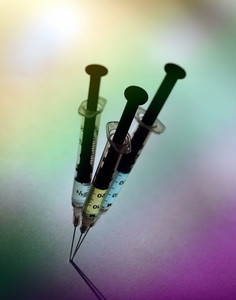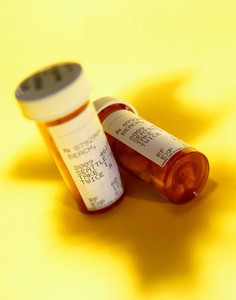In a bid to cut public spending, the Danish government is the latest to announce an austerity package aimed at creating savings of at least DKK 24 billion. The austerity package, as well as slashing unemployment benefits and cutting governmental salaries, also focuses on cost-containment within the healthcare sector.
Danish healthcare spending cuts
Home/Policies & Legislation
|
Posted 18/06/2010
 0
Post your comment
0
Post your comment

The government’s austerity package comes as a result of the European Commission’s request that Denmark lowers its public deficit to below 3% of its gross domestic product. The government’s cost-cutting plans, however, are not as harsh as those introduced, for example, in Italy and Spain.
With the Danish government accounting for nearly 85% of total healthcare spending, it is not surprising that the healthcare sector has been identified as an area where cost-savings can be made.
A price freeze on medicine prices has been enforced in Denmark since 2009, ensuring that a drug’s pharmacy purchasing price cannot exceed May 2009 levels. On top of this, in January 2010, a 5% price cut on medicines came into force. This is expected to save DKK 200 million in 2010 and around DKK 700 million by the end of 2012.
These controls will also apply to drugs newly launched in 2010, bringing Danish drug prices in line with the average price recorded in a reference price basket of countries including Austria, Belgium, Finland, Ireland, Norway, Sweden, The Netherlands, Turkey, and the UK. In the past it has been shown that the Danish pharmaceutical market was rather liberal, resulting in Danish hospitals paying as much as 22% more than their Norwegian counterparts for medicines.
The price controls on medicines enforced by the Danish government is not expected to hurt the generics industry in Denmark too much, especially compared to measures specifically targeted at generics introduced in other countries.
Guidelines
New guidance for biologicals in Pakistan and Hong Kong’s independent drug regulatory authority
Canada poised to remove requirement for Phase III trials for biosimilars
ANVISA tackles 24-month backlog in biologicals post-registration petitions

Home/Policies & Legislation Posted 10/10/2025
US EO: delivering Most-Favored-Nation Prescription Drug Pricing to American patients

Home/Policies & Legislation Posted 03/10/2025
Uruguay to establish independent AUVISA drug agency for healthcare reform

Home/Policies & Legislation Posted 17/09/2025
The best selling biotechnology drugs of 2008: the next biosimilars targets







Post your comment